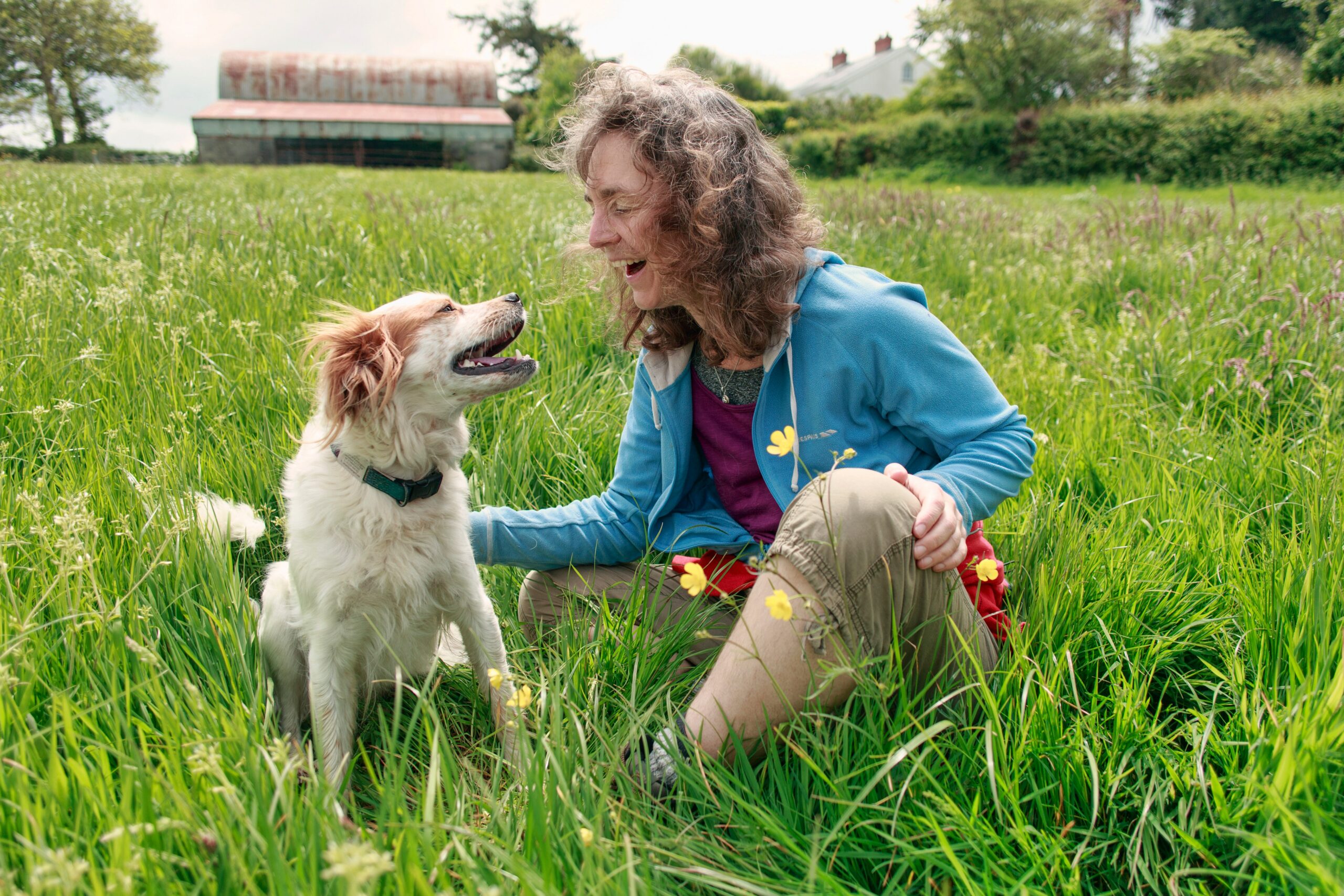Dogs are cherished members of many households, and taking care of their health is crucial for their well-being. Proper care can enhance their quality of life, prevent illnesses, and even extend their lifespan. This outline delves into the significance of maintaining a healthy dog and the benefits it brings. By learning how to properly care for our canine companions, we can ensure they have a long and happy life by our side.
A Balanced Diet for Your Dog’s Health and Well-Being
The importance of a balanced diet for dogs cannot be overstated. A healthy diet is crucial for maintaining a dog’s overall health and well-being and can help prevent a wide range of health problems.
Recommended types of food for dogs include high-quality protein sources such as lean meats and fish, as well as complex carbohydrates from whole grains and vegetables. Fruits, nuts, and seeds are also great sources of vitamins and minerals and can be added to the diet in small amounts. It is best to avoid processed foods and foods high in sugar and saturated fats, as these can lead to obesity and other health issues.

Photo by Karsten Winegeart on Unsplash
When determining portion size, it is important to consider the dog’s age, size, and level of activity. A general rule of thumb is to feed adult dogs twice a day and puppies three times a day. You can use a measuring cup to ensure that you are providing the correct amount of food and adjust the portion size as needed based on the dog’s weight and activity level.
It’s also important to note that while it may be tempting to feed table scraps or human food as a treat, it can be very unhealthy for dogs and can cause digestive problems. The best course of action is to continue feeding specially formulated freshly made dog food.
Regular Exercise for Your Dog: Why It’s Important, What to Do, and How to Start
The importance of regular exercise for dogs
Regular exercise is essential for dogs to maintain a healthy and happy lifestyle. Not only does it help to keep them physically fit, but it also helps to stimulate their minds and improve their overall well-being. Regular exercise for dogs can lower their risk of obesity, heart disease, and other health problems. Additionally, it can help to improve their behavior and reduce the likelihood of destructive or aggressive behavior.
Recommended types of exercise
The following are numerous types of exercise suitable for dogs:
- Walking: A daily walk is a great way to provide your dog with the exercise they need. It’s easy to do, and it’s a great way to bond with your dog.
- Running: If your dog is particularly energetic, running may be a great way to expend their energy.
- Swimming: Swimming is a great low-impact exercise for dogs, and it’s especially beneficial for those with joint problems.
- Agility training: Agility training is a fun way to exercise your dog and improve their coordination and balance.
- Fetch: A game of fetch is a great way to provide your dog with exercise and mental stimulation.
How to Create an Exercise Plan
When creating an exercise plan for your dog, there are a few things to consider:
- Your dog’s age and breed: Different breeds and ages of dogs have different exercise needs.
- Your dog’s current level of fitness: If your dog is not used to regular exercise, start with shorter and less intense activities.
- The weather: Some types of exercise may not be suitable in extreme temperatures.
- Your schedule: Make sure you have enough time to provide your dog with the exercise they need.
- With these factors in mind, you can create an exercise plan that is tailored to your dog’s needs. Start with shorter and less intense activities, and gradually increase the duration and intensity over time. Remember, consistency is key; try to make exercise a part of your daily routine.
Necessary Preventative Measures
Regular checkups
Monitor your dog’s health with the help of a veterinarian to identify any potential issues early on and prevent them from getting worse.
During regular check-ups, your veterinarian will perform a thorough examination, including checking your dog’s weight, vital signs, and overall physical condition. They will also review your dog’s medical history and ask about any changes or concerns you may have. Additionally, your veterinarian may perform any necessary tests or screenings, such as blood work or x-rays, to ensure that your dog is in good health.
Vaccinations
Ensure that your dog receives all necessary vaccinations. Parvovirus, distemper, and rabies are just a few of the serious and potentially fatal diseases that vaccinations shield your dog from. Based on your dog’s age, health, and way of life, your veterinarian will suggest a vaccination schedule and give the required shots at each checkup.
Parasite prevention
Parasites such as fleas, ticks, and worms can cause a variety of health problems, including anemia, skin irritations, and even internal organ damage. To keep your dog parasite-free, your veterinarian may recommend a variety of preventative measures, such as topical or oral medications, as well as regular screenings to detect and treat any parasitic infections.
Methods for Raising a Well-Adjusted and Obedient Pet

Photo by Andy Powell on Unsplash
Socialization and Training
In order to develop into a well-adjusted, content, and obedient companion within families and communities, dogs require socialization and training, which are crucial to their development. Proper socialization involves exposing dogs to a variety of people, animals, and environments during their critical socialization period between 3 and 14 weeks of age. This helps them learn how to interact appropriately with other living beings, and can prevent the development of fear, aggression, and other behavioral issues.
Training is also important for dogs because it helps them learn basic commands and rules, as well as good manners. Basic obedience training can help dogs understand what is expected of them and make it easier for them to live safely and happily in our human world. Training can also help build a strong bond between dogs and their owners, and can provide mental stimulation for dogs, which is important for their overall well-being.
Mental Stimulation
Ensuring that dogs receive mental stimulation is vital as it maintains their cognitive and physical well-being, preventing the onset of issues such as boredom, restlessness, and destructive behavior.
Some ways to provide mental stimulation for dogs include:
- Training: Teaching your dog new tricks or commands can provide mental stimulation and help strengthen your bond with your dog.
- Puzzle toys: These are interactive toys that provide mental stimulation by requiring dogs to figure out how to get a treat or toy out of them.
- Hide and seek: This is a fun game that provides mental stimulation by requiring dogs to use their sense of smell to find hidden treats or toys.
- Long walks and hikes: These provide mental stimulation by exposing dogs to new sights and smells and can also provide physical exercise.
Additional Resources for Improving Your Dog’s Health
Reading dog care books or articles, participating in online or offline dog-related support groups, and consulting a qualified dog trainer or behaviorist are additional resources for keeping a healthy dog. These resources can offer helpful advice and assistance on diet, exercise, health conditions, and behavioral issues, assisting in ensuring the dog receives the best care possible.
photo credit: Marc Pell on Unsplash
Did you find this city dog content helpful? Share it with a friend or link it to social media. Enjoy short clips of silly dogs? Best dog training videos? Holistic puppy training tips? Follow us on instagram @nydognanny or on YouTube at nydognanny. Have some news you needs to get to dog and cat parents stat? Email info@newyorkdognanny.com with your article pitch.



